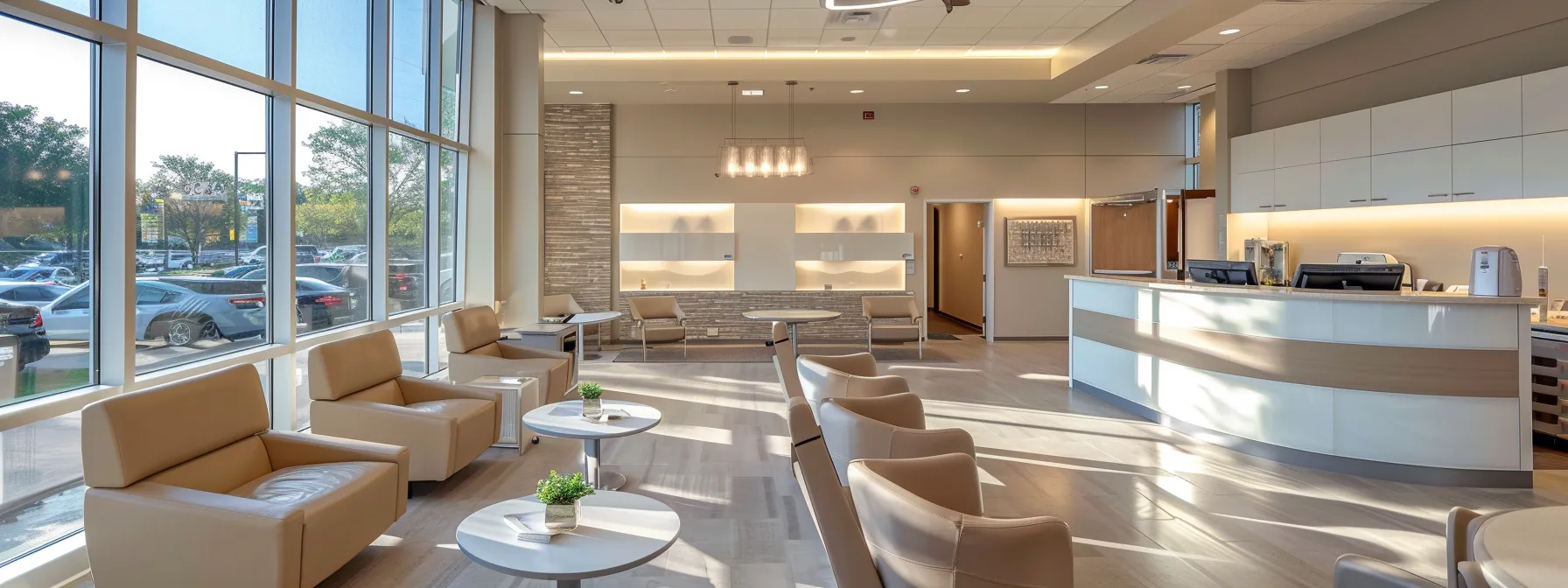Understanding When Hospital Treatment Is Necessary
Not every dental emergency requires a hospital visit, but there are certain situations where heading to the ER can be the safest choice. Knowing what these scenarios are can make a major difference in your care and recovery.
The most common reasons to seek hospital treatment include severe trauma such as a fractured jaw or dislodged teeth, life-threatening infections that lead to trouble breathing or swallowing, and uncontrollable bleeding following oral surgery. These situations require immediate attention and access to hospital-grade equipment and specialists.
Key Signs That Indicate an Emergency Room Visit
There are three major signs that your dental issue may need hospital-level care: unmanageable bleeding, dangerous infection-related swelling, and systemic symptoms like high fever or respiratory difficulty.
Unstoppable bleeding, particularly after oral surgery, is a red flag. If you’ve applied pressure and the bleeding continues, a trip to the ER is the safest route. Hospitals are equipped to offer more advanced clotting solutions and surgical support.
Infections that cause facial swelling, especially those affecting your ability to breathe or swallow, are also reasons to go straight to the ER. These can escalate into life-threatening conditions like sepsis or blocked airways. Similarly, systemic symptoms like a high fever combined with dental pain could point to a spreading infection that requires hospital-grade antibiotics or close medical monitoring.
Why Emergency Rooms Aren’t Always the Final Solution
While ERs play a crucial role in stabilizing dental emergencies, they typically don’t offer definitive dental care. Hospitals are focused on short-term relief, not long-term treatment.
Patients who visit the ER will often be treated for pain or infection, but they’ll still need follow-up care from a dental professional to fix the root cause. This extra step can delay full recovery if not promptly managed. It’s important for patients to understand that a hospital visit doesn’t eliminate the need for a dentist, it just helps manage immediate risks.
Avoiding Unnecessary ER Visits Through Education
Many people end up in the ER for dental issues that could have been treated in a dentist’s office. This often stems from confusion about what actually qualifies as an emergency.
Education is key. Helping patients distinguish between urgent and non-urgent conditions, like a chipped tooth that’s painful but not dangerous, can significantly reduce ER overuse. When communities understand how to respond to dental pain effectively, healthcare systems work better and patients get more appropriate care.
A Strategic Dental Emergency Response at Grand Prairie Family Dental
Grand Prairie Family Dental helps reduce unnecessary ER visits by offering timely emergency dental services, educating patients, and encouraging preventive care.
By being available for same-day urgent care, our practice treats dental problems that don’t require a hospital, keeping ERs available for true emergencies. We also educate our patients on what symptoms to watch for, helping them determine when to call us versus when to go to the hospital.
Preventive care is just as important. Regular check-ups, cleanings, and early treatment of minor problems can stop small issues from turning into emergencies. We help our patients avoid crises through early intervention.
Knowing When It’s Time to Escalate to the ER
Determining the need for hospital care comes down to assessing how severe and urgent the symptoms are. Understanding these decision points ensures the right care at the right time.
True dental emergencies that need a hospital include intense bleeding that doesn’t stop, swelling that affects breathing, and infections that come with high fevers or systemic symptoms. These aren’t cases for a dental office, they require the advanced care only a hospital can provide.
If the situation isn’t life-threatening but still painful or urgent, a dentist should be your first call. We can provide faster and more focused care for most dental concerns.

Resources and Guidance to Help You Navigate Dental Emergencies
At Grand Prairie Family Dental, we provide tools and support to guide patients through dental emergencies.
We work with local hospitals to ensure a seamless transition if a case needs escalation. Our patients also receive educational materials explaining emergency signs and symptoms, what to do, and when to act. We even offer checklists and digital guides so patients can assess situations accurately in the moment.
These resources empower our patients to make informed, confident decisions about their oral health.
Preventing Dental Emergencies Through Routine Care
Most dental emergencies are preventable. Staying proactive with your oral health goes a long way in avoiding ER trips.
Routine dental visits help catch cavities, gum disease, and other problems before they become severe. Daily brushing and flossing further protect against decay and infection. Public health programs that promote oral care education also help reduce the number of emergencies.
Investing in preventive care protects both your health and your wallet, and it keeps the emergency room free for those who truly need it.
Guiding the Right Dental Emergency Response
Managing dental emergencies effectively starts with education and quick decision-making. Grand Prairie Family Dental plays a key role by helping patients understand when to seek dental care and when to escalate to the ER.
Our team offers fast emergency services, education on recognizing warning signs, and preventive care to help you stay healthy and avoid unnecessary hospital visits. With clear protocols and professional support, we help ensure every patient gets the care they need, when and where they need it.
Book an appointment with Grand Prairie, TX’s top dentist, Dr. Khademazad, today. It’s the first step to a better smile and increased self-esteem. Call us at 972-988-0900.
Schedule Your Consultation Today!
Grand Prairie Family Dental
2475 W Pioneer Pkwy Grand Prairie, Texas, 75051
Google Reviews: See More Reviews From Grand Prairie Family Dental
View information about local places in our community.
Driving Directions to Our Practice
Frequently Asked Questions
How do I know if my dental issue is an emergency that needs a hospital visit?
Not all dental problems require a trip to the emergency room, but some symptoms are red flags you shouldn’t ignore. When your oral health affects your ability to breathe, causes severe bleeding, or involves major trauma to your face or jaw, it’s time to head straight to the ER.
If you’re experiencing uncontrollable bleeding, swelling from an infection that affects your breathing or swallowing, or major facial injuries, such as after an accident or fall, seek immediate medical care at a hospital. These are potentially life-threatening conditions that require urgent attention.
Can the ER treat my toothache if I can’t see a dentist right away?
Toothaches can be incredibly painful, and it’s natural to wonder if the ER can help. While emergency rooms are equipped to manage pain and infection temporarily, they typically don’t offer comprehensive dental care.
The ER may provide antibiotics for infection or pain relief medication, but they won’t fix the root cause of the toothache. For true resolution, it’s best to see an emergency dentist. A practice like Grand Prairie Family Dental can treat the underlying issue and get you out of pain quickly and safely.
Should I go to the ER for a cracked or broken tooth?
A cracked tooth can be alarming, especially if it happens suddenly or during an accident. Deciding whether to go to the ER depends on the severity of the injury and the level of pain or bleeding involved.
If the crack causes severe pain, significant bleeding, or you suspect a jaw injury, go to the emergency room right away. For minor chips or cracks that don’t involve severe symptoms, call your dentist to schedule an urgent appointment. Acting fast either way can help save the tooth and prevent complications.
Related Articles
Emergency Tooth Extraction, Dental Emergencies, Tips for Emergency Dental Care, Dental Emergency Symptoms, Emergency Dental Procedures, Emergency Dental Insurance, Dental Trauma and Injuries, Lost a Filling or Crown






